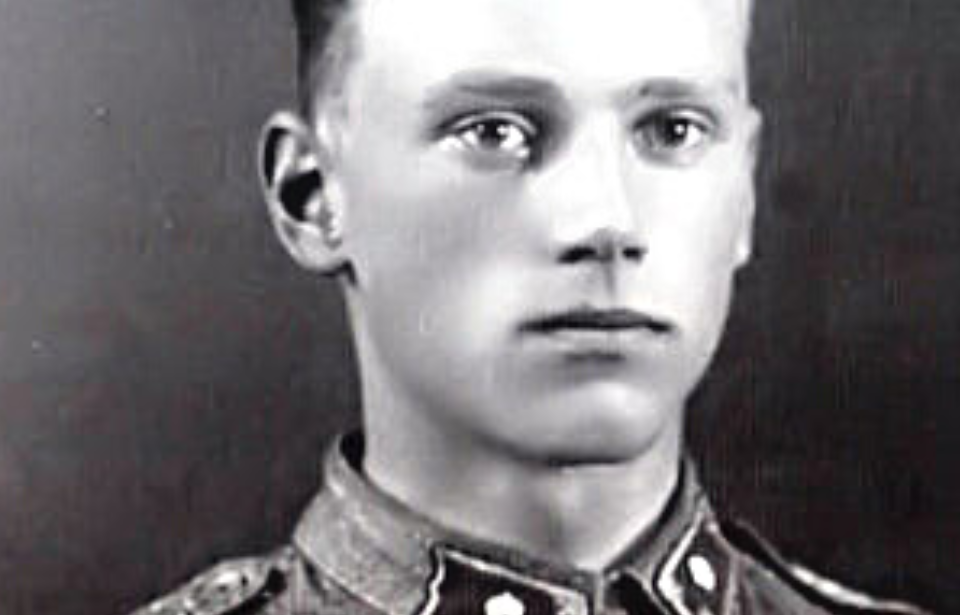When the Second World War broke out, Finland initially aimed to remain neutral. That hope was shattered when the Soviet Union invaded, sparking the brutal Winter War. Among the defenders was a determined young soldier named Lauri Törni, whose bold tactics and fierce leadership quickly earned him recognition.
Still in his twenties, Törni became known for his relentless drive and skill in combat. But his military journey didn’t stop at Finland’s borders. Over the course of his life, Törni would go on to fight under three separate flags—Finnish, German, and American—each time bringing the same unshakable resolve to every conflict he faced.
Lauri Törni’s early life and upbringing
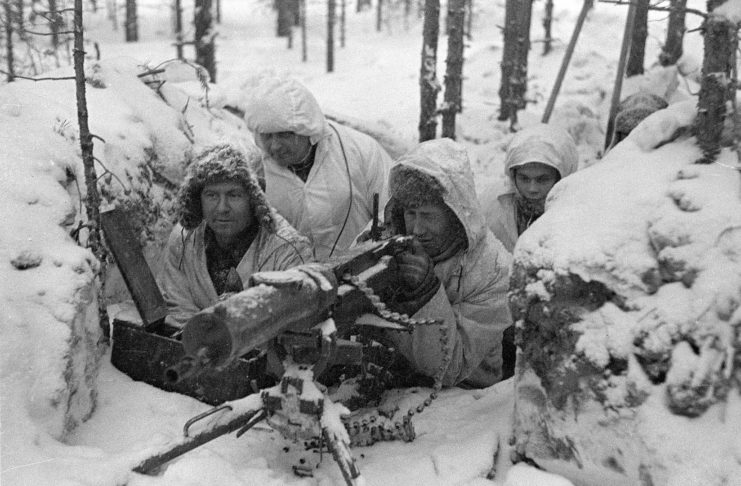
Lauri Allan Törni was born in May 1919 in Viipuri, Finland, to a father who captained ships and a mother who ran the household. From a young age, he showed both keen intelligence and notable athleticism. After finishing business school and a short stint in the White Guard, he officially joined the Finnish army in 1938.
When the Soviet Union invaded Finland in November 1939, sparking the Winter War, the Finnish forces faced overwhelming odds but still mounted a fierce defense. Törni served on the front lines with Jäger Battalion 4, which was instrumental in halting and even defeating several Russian divisions. His bravery and leadership earned him a spot in officer training, and he was promoted to the rank of Vänrikki, or second lieutenant, in the Finnish reserves.
The Continuation War
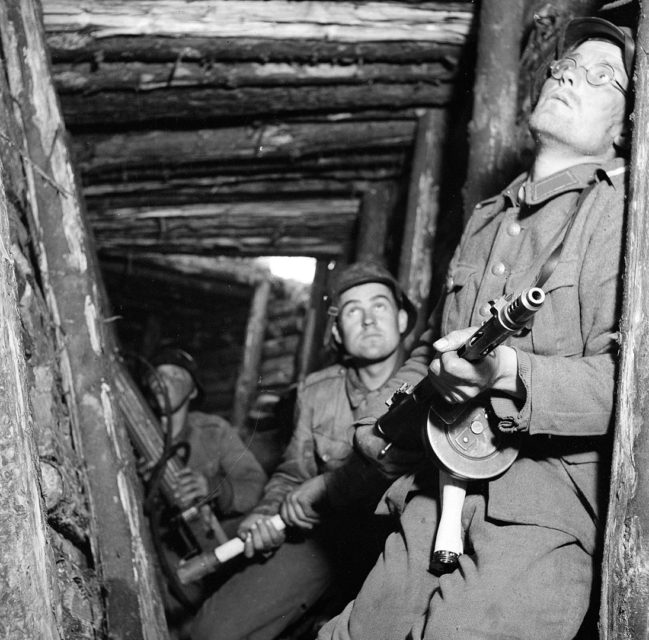
Lauri Törni’s exceptional abilities on the battlefield didn’t go unnoticed. In 1941, he was selected to train with the Waffen-SS in Austria, spending seven weeks with one of Germany’s most elite military units. Upon returning to Finland, he was promoted to officer and awarded the German rank of Untersturmführer—roughly equivalent to a second lieutenant.
As the Continuation War broke out between Finland and the Soviet Union (1941–1944), Törni took command of his own elite unit, Detachment Törni. Specializing in deep reconnaissance and sabotage missions, his team repeatedly slipped behind Soviet lines, inflicting heavy damage and gathering critical intelligence. Their effectiveness became such a thorn in the side of the Soviets that they placed a bounty of 3 million Finnish marks on Törni’s head—a testament to the threat he posed.
Lauri Törni’s continued service
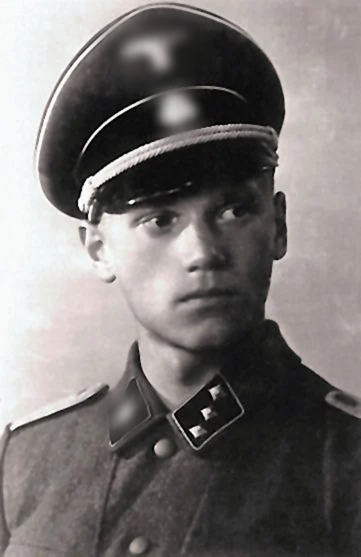
The Continuation War ended in September 1944 with the signing of the Moscow Armistice. In the aftermath, the Finnish Army was demobilized, leaving Lauri Törni unemployed and concerned that the Russians might once again invade Finland.
Seeking to prepare for potential future conflicts with Russia, he joined a pro-German resistance movement in Finland. Törni underwent saboteur training in Germany and later joined a German unit fighting the Red Army near Schwerin. He served alongside the Wehrmacht until mid-1945, when he surrendered to the British Army and was sent to a prisoner of war camp. Eventually, Törni escaped and made his way back to Finland.
In 1946, Törni was arrested and prosecuted for joining the German Army. He was convicted and sentenced to six years in prison, but two years later, Finnish President Juho Kusti Paasikivi granted him a pardon. After his release, the decorated soldier fled to Sweden.
Lauri Törni makes it to America
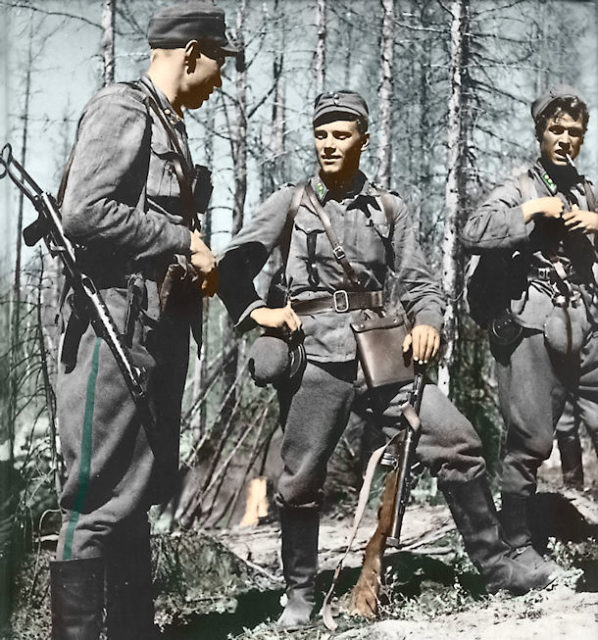
While in Sweden, Lauri Törni fell in love and became engaged. Before getting married, however, he hoped to start a career working on Swedish vessels. In 1950, he jumped off one of these ships near Mobile, Alabama. He eventually made it to Sunset Park in Brooklyn, New York, which had an emigrated Finnish community.
After a few years of working as a carpenter and cleaner, Törni earned permanent residence. In 1954, the Finn joined the US Army and, before long, was training for the Special Forces. Törni trained troops in a number of skills, including guerrilla tactics, survival, skiing and mountaineering. During his time in the US military, he went by the name Larry Thorne.
Between 1958-62, Törni served in West Germany with the 10th Special Forces Group, gaining notoriety for his involvement in a search-and-rescue mission in Iran’s Zagros Mountains. He was then sent to Vietnam with Special Forces Detachment A-734. He was involved in a number of fire fights early on. For his bravery during a fierce battle in the Tịnh Biên District, Törni was awarded two Purple Hearts and a Bronze Star.
Lauri Törni’s death and legacy
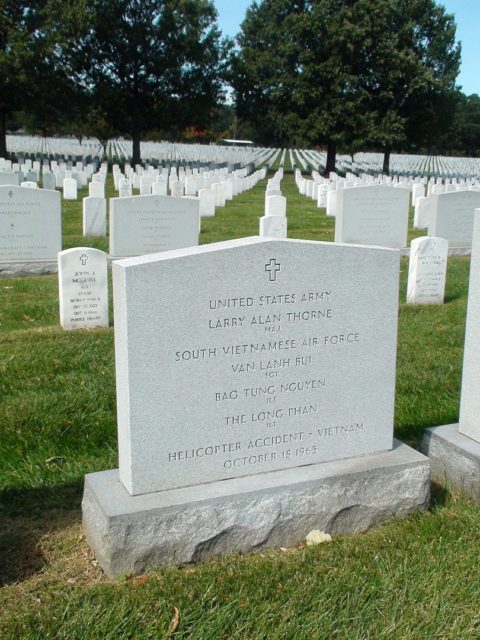
Törni returned to Vietnam for a second tour, this time with the 5th Special Forces Group. Before long, he was transferred to Military Assistance Command, Vietnam – Studies and Observations Group (MACV-SOG), with whom he served as an advisor.
During a mission in October 1965, as part of Operation Shining Brass, the Sikorsky CH-34 “Choctaw” helicopter he was flying in went missing. Rescue crews were unable to locate the site of the crash. Following the incident, Törni was awarded the Legion of Merit and Distinguished Flying Cross. He was also promoted to the rank of major.
More from us: Only 10 Crewmen Survived the Sinking of the Japanese Battleship Fusō – Out of 1,600
The bodies of Törni and those of his fellow soldiers weren’t discovered until 1999. Their bodies were flown back the US and interred at Arlington National Cemetery. Törni, who was formally identified four years later, is the only known former member of the SS to be buried at the hallowed site.
